
| Recorded by: Steve Hall, Dee Stuckey, and Savannah Hall on 2025-11-09
Orange Co.
Comment: | 
| Recorded by: Simpson Eason on 2025-10-01
Durham Co.
Comment: |

| Recorded by: Simpson Eason on 2025-09-27
Durham Co.
Comment: | 
| Recorded by: Simpson Eason on 2025-09-19
Durham Co.
Comment: |
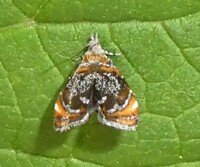
| Recorded by: Simpson Eason on 2025-07-08
Durham Co.
Comment: | 
| Recorded by: Owen McConnell and Simpson Eason on 2025-06-09
Durham Co.
Comment: |
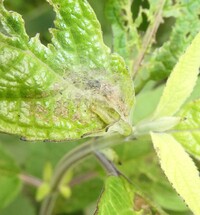
| Recorded by: Simpson Eason on 2025-05-31
Durham Co.
Comment: | 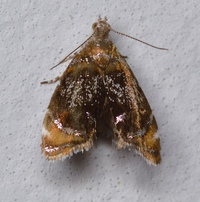
| Recorded by: Stephen Dunn on 2024-06-19
Orange Co.
Comment: |

| Recorded by: Jim Petranka on 2023-10-01
Madison Co.
Comment: | 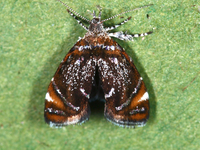
| Recorded by: Jim Petranka and Becky Elkin on 2023-09-07
Buncombe Co.
Comment: A reared adult from Scutellaria integrifolia (see companion photo of larva from 2023-08-28). |

| Recorded by: Jim Petranka and Becky Elkin on 2023-08-28
Buncombe Co.
Comment: A larva within a leaf fold on Scutellaria integrifolia (adult emerged on 7 September).. | 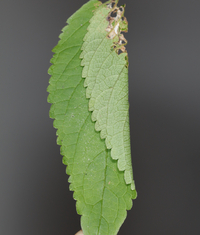
| Recorded by: Jim Petranka and Becky Elkin on 2023-08-28
Buncombe Co.
Comment: Leaf folds with larvae were on Scutellaria integrifolia. One pupa was suspended in a whitish silk cocoon. |
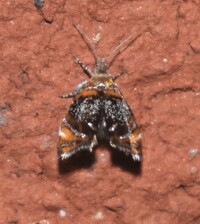
| Recorded by: Jeff Niznik on 2022-06-11
Durham Co.
Comment: | 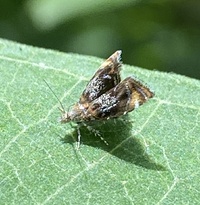
| Recorded by: David George, Becky Watkins on 2022-06-11
Orange Co.
Comment: |
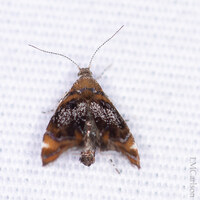
| Recorded by: David George, L. M. Carlson on 2022-05-31
Durham Co.
Comment: | 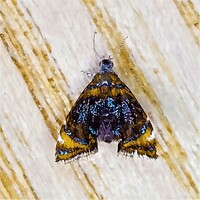
| Recorded by: Gary Maness on 2022-05-31
Guilford Co.
Comment: |
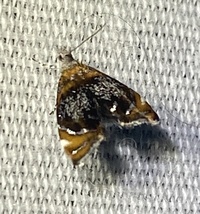
| Recorded by: David George, L. M. Carlson on 2021-08-27
Orange Co.
Comment: | 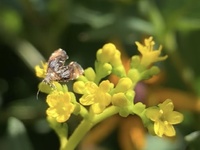
| Recorded by: Stephen Dunn on 2020-07-25
Orange Co.
Comment: |
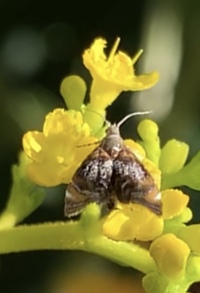
| Recorded by: Stephen Dunn on 2020-07-25
Orange Co.
Comment: | 
| Recorded by: Stephen Dunn on 2020-07-25
Orange Co.
Comment: |

| Recorded by: Simpson Eason on 2020-06-06
Durham Co.
Comment: | 
| Recorded by: Nancy Lee Adamson on 2020-04-19
Moore Co.
Comment: |
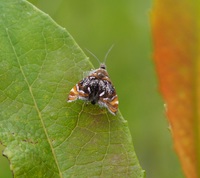
| Recorded by: Nancy Lee Adamson on 2020-04-19
Moore Co.
Comment: | 
| Recorded by: Nancy Lee Adamson on 2020-04-19
Moore Co.
Comment: |
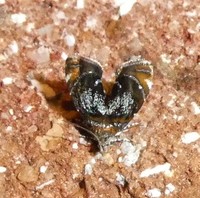
| Recorded by: Simpson Eason on 2019-09-11
Durham Co.
Comment: | 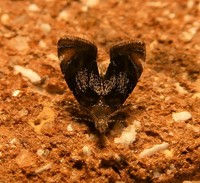
| Recorded by: Simpson Eason on 2019-09-11
Durham Co.
Comment: |
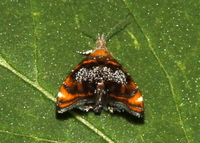
| Recorded by: Harry Wilson on 2019-07-05
Wake Co.
Comment: | 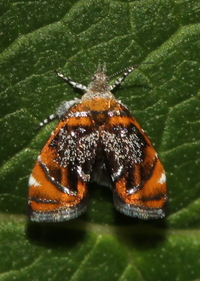
| Recorded by: Harry Wilson on 2019-07-05
Wake Co.
Comment: |
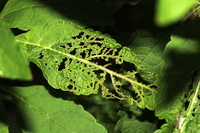
| Recorded by: Harry Wilson on 2019-07-05
Wake Co.
Comment: | 
| Recorded by: Rob Van Epps on 2018-09-05
Mecklenburg Co.
Comment: |
|

 »
»














